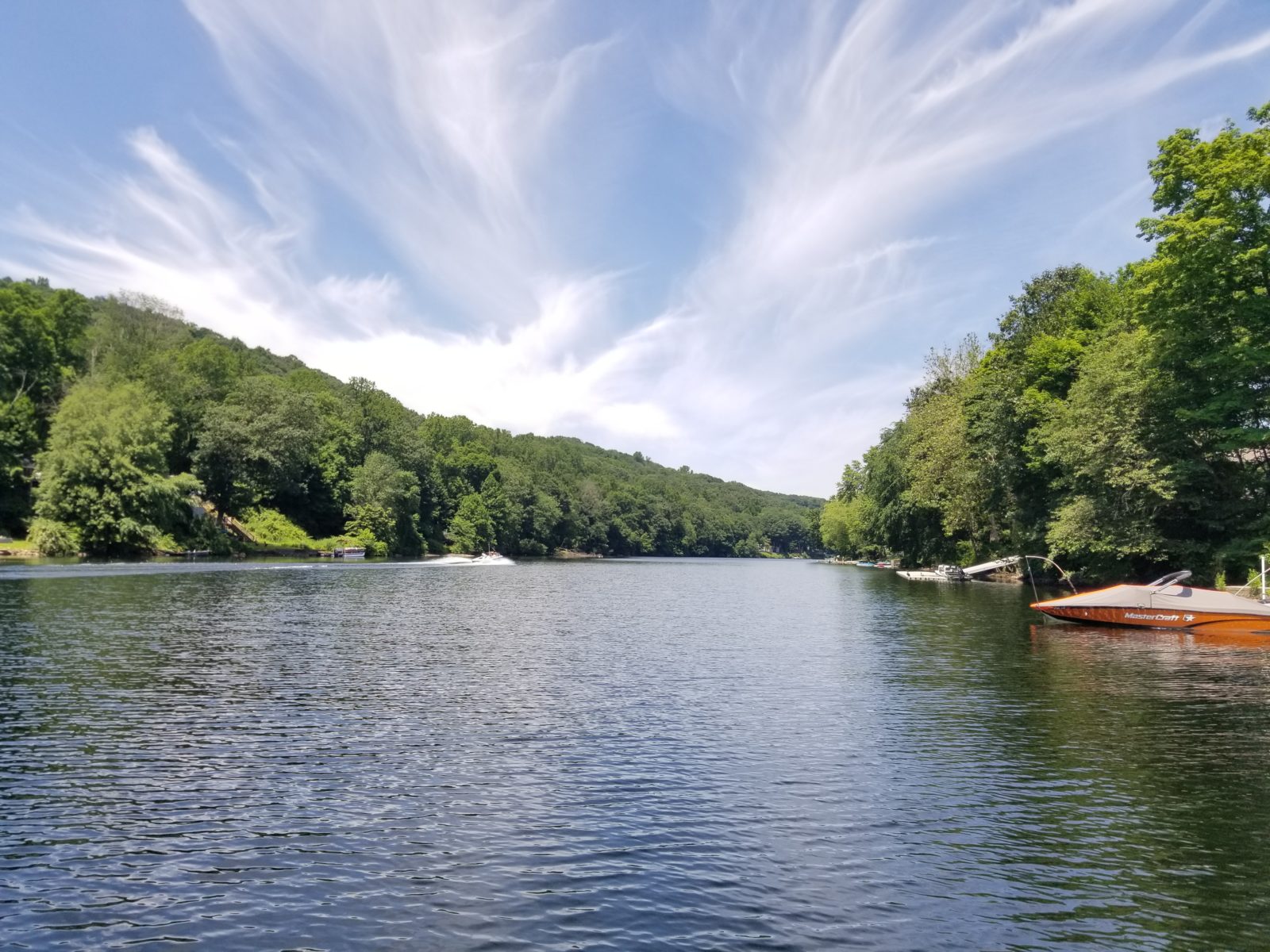Creating a Trophy Bass and Muskie Fishery in WV, Part 4
November 15th, 2013
Blog Series, Part 4: Pond Completion and Fish Stocking
Written by Industry Experts Aaron Cushing and David Beasley, Fisheries Biologists
In the summer of 2013, we began working on another fun and exciting project, this time in southern West Virginia, helping to design a trophy fishery from start to finish. To take advantage of this and other unique opportunities we decided to share the story, showing each step in creating a healthy pond with a trophy fishery.
In Part 1, our Fisheries Biologists focused on resetting and redesigning the lake, through electrofishing and heavy construction.
In Part 2, we drained the lakes, removed the fish, started installing fish habitat and continued construction of the lake.
In Part 3, we completed the installation of the habitat units and added gravel spawning areas as well as several directional fish feeders.
Part 4:It has been about a month now since we completed the habitat installation and connection of two small ponds to the main lake. The new 15 acre lake is almost filled with fresh creek water and is ready for fish stocking.
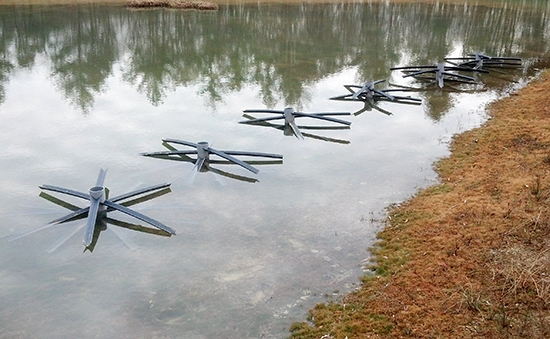
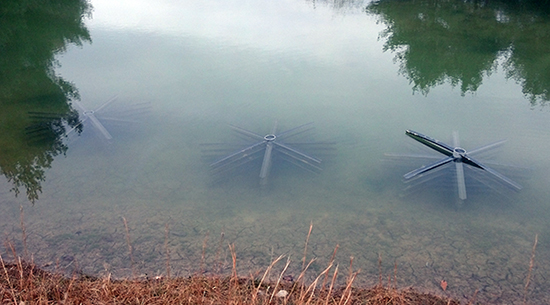
The most important thing to remember when stocking fish into a new pond is to stock the correct species and the correct balance of predator and prey fish, called the predator-to-prey ratio. In other words, if you have too many predators, they will overwhelm and consume all the prey. Forage fish are the key to supporting the desired predators. The most recommended types of prey and forage fish to stock include juvenile bluegill, fathead minnows, golden shiners, and redear sunfish (also called shellcracker). Redear sunfish have a diet consisting of snails and other mollusks, and provide the added benefit of consuming these carriers of fish parasites.
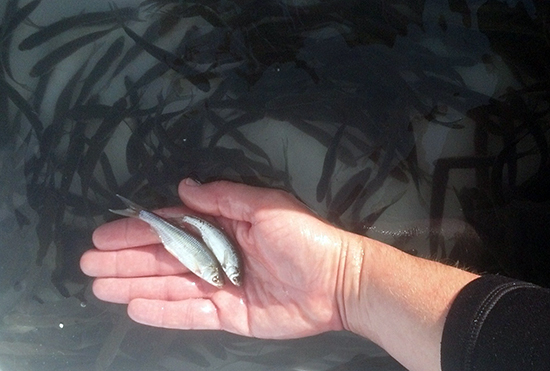
Due to the location, size, and the depth, the new lake in West Virginia will have the ability to support cool water as well as warm water predator species, allowing both kinds of fish to live together. Tiger muskie (a sterile cross between northern pike and muskellunge), were stocked to provide the unique opportunity to catch a large sportfish. Though they are stocked as juveniles, adults reach around 4 feet in length and grow 1.5 times faster than pure strain muskellunge.
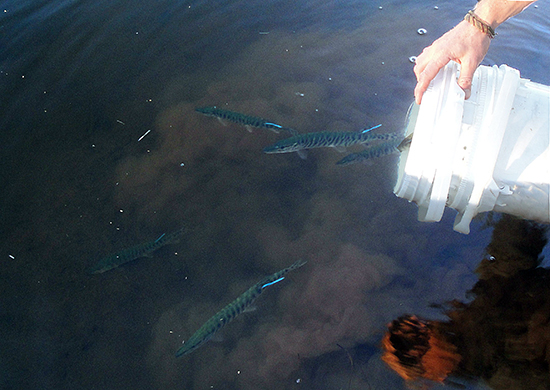
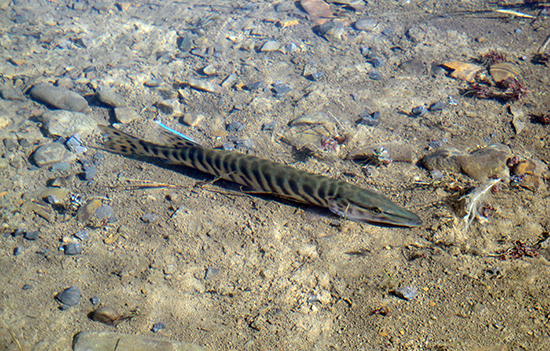
Every tiger muskie stocked will be weighed, measured, and tagged with a unique ID number. This will allow our fisheries biologists, and any fishermen, to record their length when recaptured. The data recorded allows for growth rate and population survival estimates.
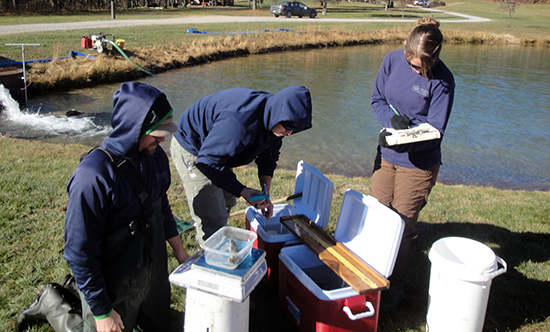
The foundation work laid in 2013 is now complete. Over the winter we will continue to monitor water quality and the settling of the new lake. More exciting work is ahead in the spring of 2014. Stay tuned!
Learn more about SOLitude Lake Management’s fisheries biologists, David Beasley, Aaron Cushing, and Jeremy Haley as they take us on incredible journeys of creating trophy fisheries for our clients throughout the Eastern United States.
Contact the experts at 888-480-5253 for all of your lake, pond and fisheries management needs.
Since 1998, SOLitude Lake Management has been committed to providing full service lake and pond management services that improve water quality, preserve natural resources, and reduce our environmental footprint. Services are available throughout the Eastern United States. Fisheries management consulting and aquatic products are available nationwide. Learn more about SOLitude Lake Management and purchase products at www.solitudelakemanagement.com.








